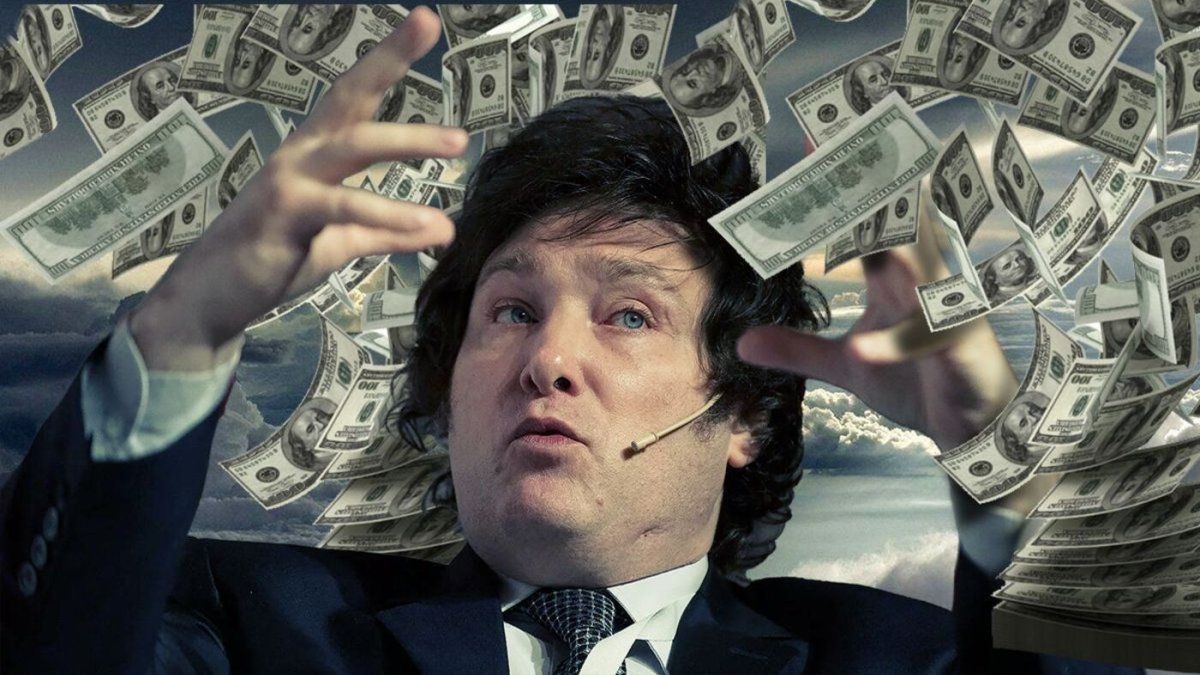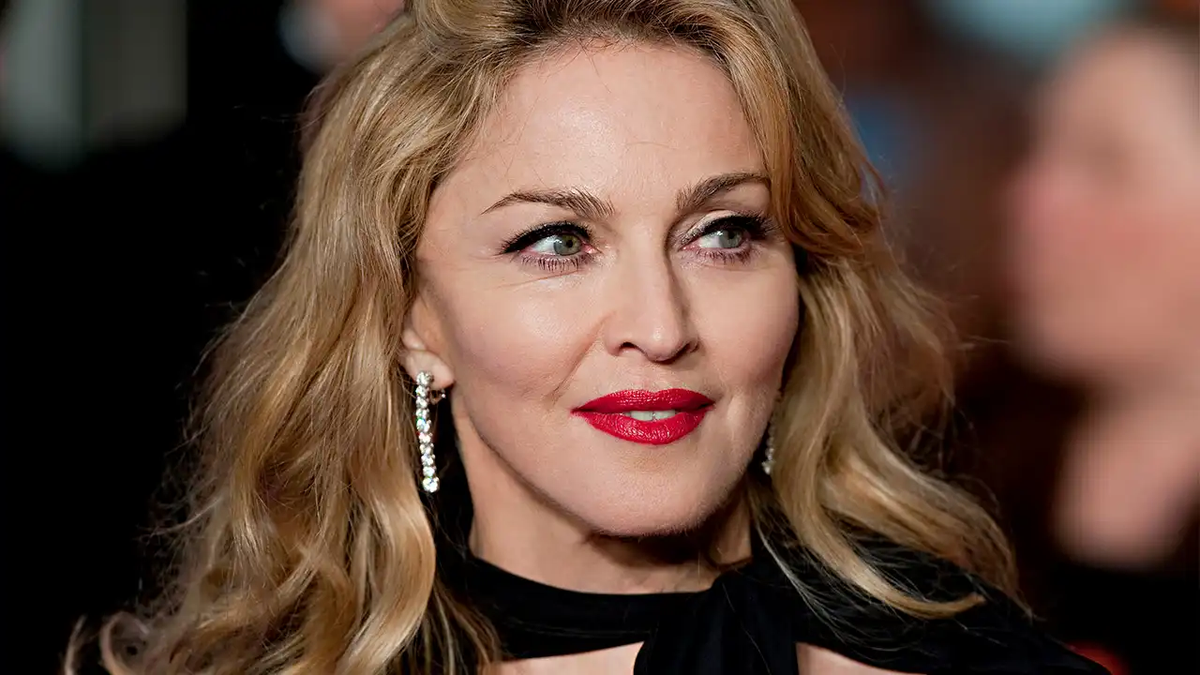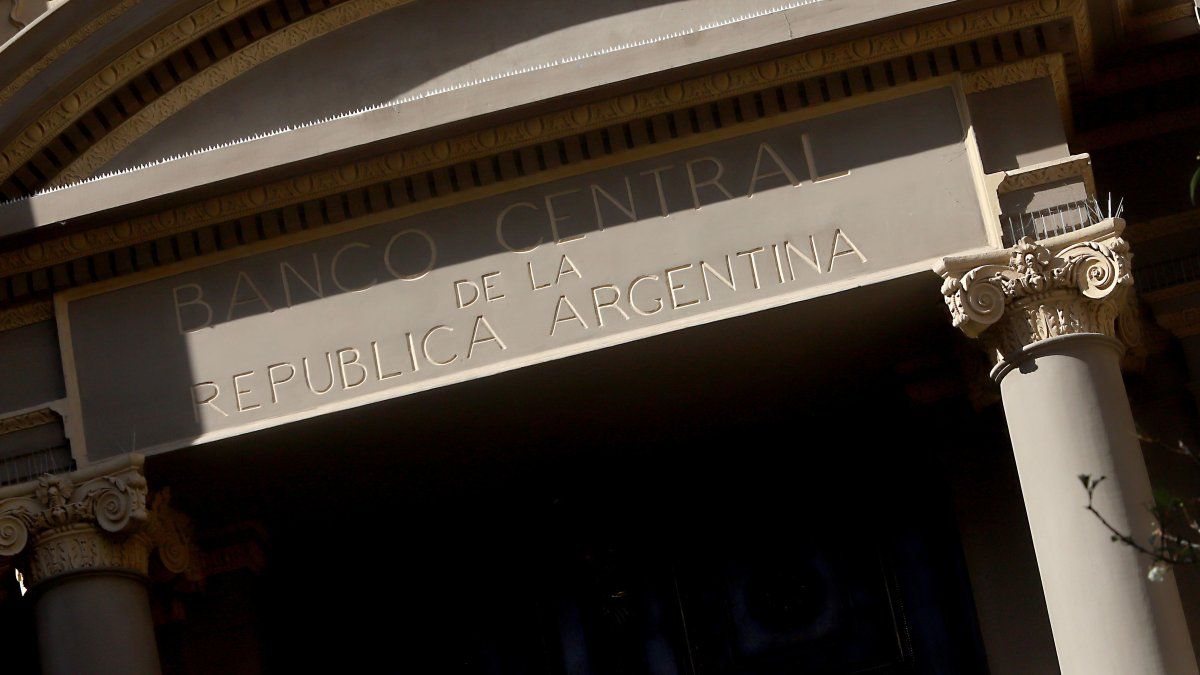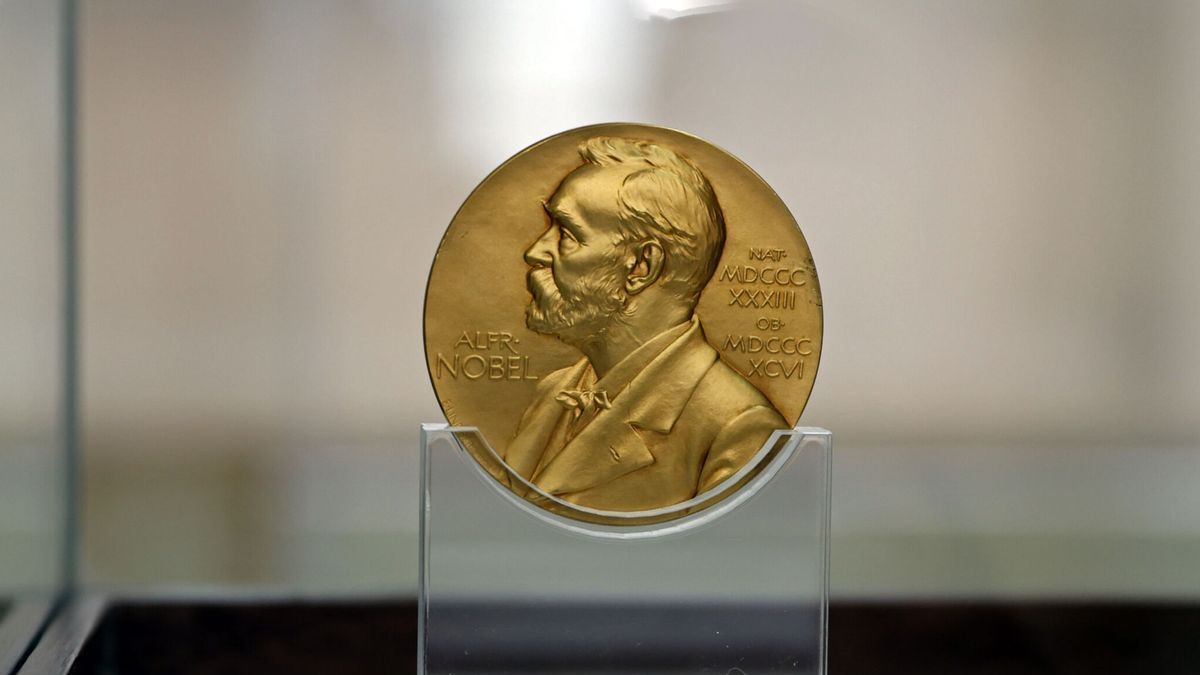In the midst of doubts about the sustainability of the exchange rate scheme of the dollar and waiting for greater certainty about monetary aid from the United States, in recent days the debate on dollarization once again took center stage. While some economists maintain that it is a good time to move in this direction and highlight its potential benefits, others emphasize that the conditions are not in place from any point of view.
A few days ago, one of the most important references that President Javier Milei had when he promised to dollarize in the 2023 campaign, Emilio Ocamporeturned to the fray with this project originating from the libertarian platform. The economist from the Center for Macroeconomic Studies of Argentina (CEMA) warned that if the Government does not dollarize it will fail like that of Mauricio Macriand pointed out the banking lobby as the main factor that led Milei to change his plans once he defeated Sergio Massa in the runoff.
Another of the promoters of dollarization is Alfredo Romanopresident of Romano Group. The Master in Finance, whose ideology is close to that of the Government, asserted that “Argentina does not know how to float” and fears the return of Peronism to power, which is why he maintains that dollarization is the most difficult option to disarm in case this happens.
Starting from that fear, he assures that the country is facing a “historic opportunity to dollarize” at an official exchange rate of $2,000which would be a “very attractive” value. According to his view, inflation in dollars would stabilize in just 12 months at around 5% annually. The dollars from Vaca Muerta, the impact of the tax and labor reforms, and the boost to private credit would be key elements for strengthening this regime.
The debate on dollarization is back: how much foreign currency is needed?
With a much more skeptical view, the Fundar economist, Emiliano Libmanclarified that to dollarize at an exchange rate of $2,000 “You need almost US$100 billion in net reserves to cover deposits (today they are around US$5.5 billion). “If you raise US$30 billion you rescue the monetary base,” he noted in this regard.
In response to the query of Scopethe researcher from the Center for State and Society Studies (CEDES) stated that this debate was reinstated due to the “unsustainability of economic policywhich made alternatives begin to stir” and the possibility of the US Treasury providing the necessary dollars.
For its part, the consultant 1816 published in a report that, to dollarize with “controlled risks”, two things are required. Firstly, that the US lend a net amount of US$40,000-US$50,000 million (because although with only US$16,000 million the currency is purchased at the current exchange rate, around $1,450, in that case there would not be a single dollar of support for deposits in pesos, now dollarized).
Furthermore, for the entity “a non-binding popular consultation would be needed favorable to the idea”, given that they see a Congress reluctant to approve its application and with firepower to overturn a possible DNU, even with an electoral result favorable to the ruling party on October 26.
Milei Caputo dollar
Dollar, the key for Milei and Caputo in their economic program.
Scope
Specialists highlight the risks of dollarization in Argentina
The Mediterranean Foundation also published an analysis on the matter, in which he maintains that “It does not seem to be a good idea to maintain a common currency with the US” given that “Argentina does not meet any of the conditions established in the literature on optimal monetary areas (AMO).” These, according to what is stated in a work carried out by the economist Gustavo Reyes, from IERAL Mendoza, refer to the desynchronization of the economic cycles of both countries and the little integration in financial and labor market terms.
The think tank highlighted that, although dollarization would make local inflation converge with that of the US, there are three big problems around this plan.
The first of them is the loss of so-called seignioragewhich are the income that the BCRA genuinely obtains when a country’s demand for money grows. Under dollarization, they explain, these resources would be obtained by the US Federal Reserve.
The second problem is that the local monetary authority could not exercise its role as lender of last resort in the face of systemic liquidity restrictions.
Besides, the economy could no longer cushion negative external shocks through an adjustment in the real exchange rate. “When the nominal exchange rate disappears, because there is no domestic currency, the adjustment of the real exchange rate is carried out much more slowly, since it must necessarily occur through a deflation of the economy, with much more negative consequences for the level of employment,” said Maximiliano Gutiérrez, head of the international section of the Foundation.
“To the extent that inflation has slowed since the arrival of Mileithe short-term benefits of dollarization have tended to reduce, but the medium-term costs remain the same. Furthermore, this regime does not necessarily enhance growth or prevent the public sector from incurring a fiscal deficit, which, if it exists, will inevitably have to be financed with debt,” Gutiérrez assured.
Beyond the debate and the different rumors, the vice president of the BCRA, Vladimir Werning told foreign businessmen that dollarization “is very complex to implement” and recalled that it was the Minister of Economy himself, Luis Caputo, who convinced Milei to take another path at the beginning of the administration.
Source: Ambito




